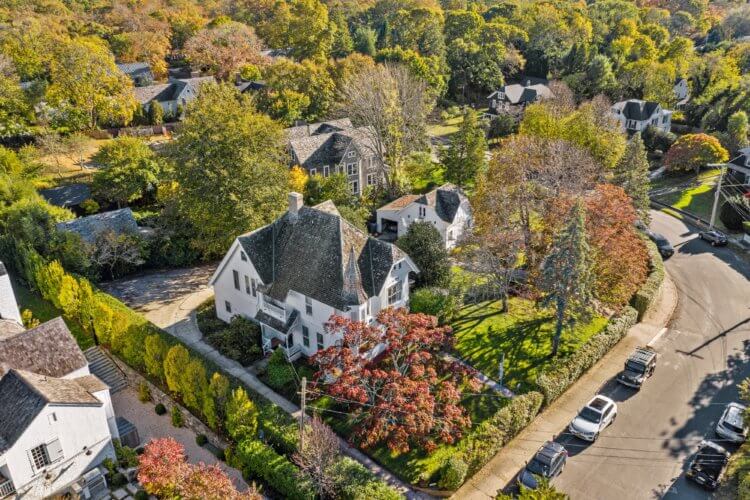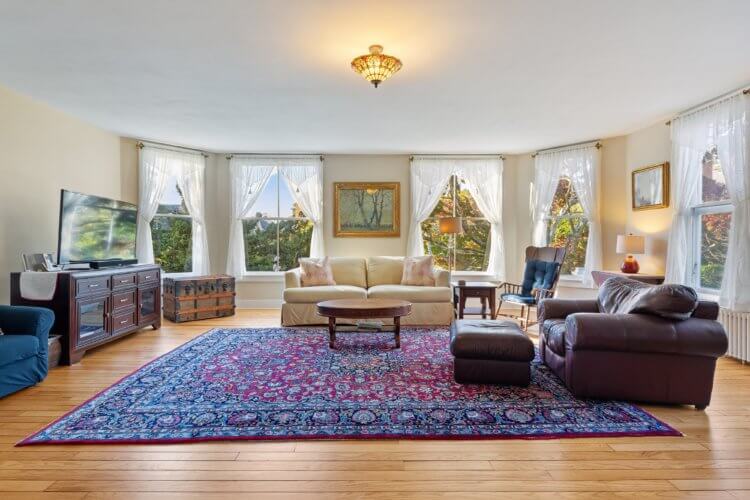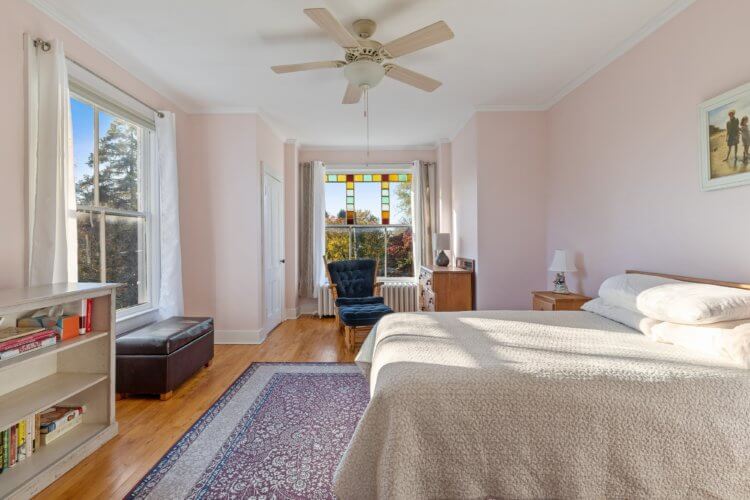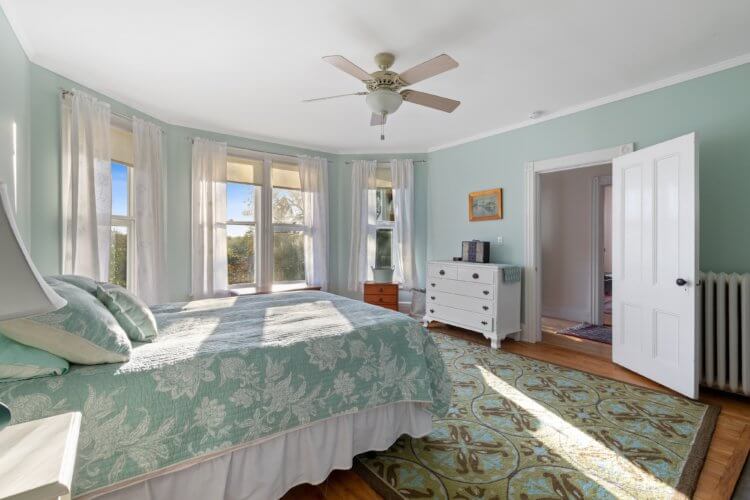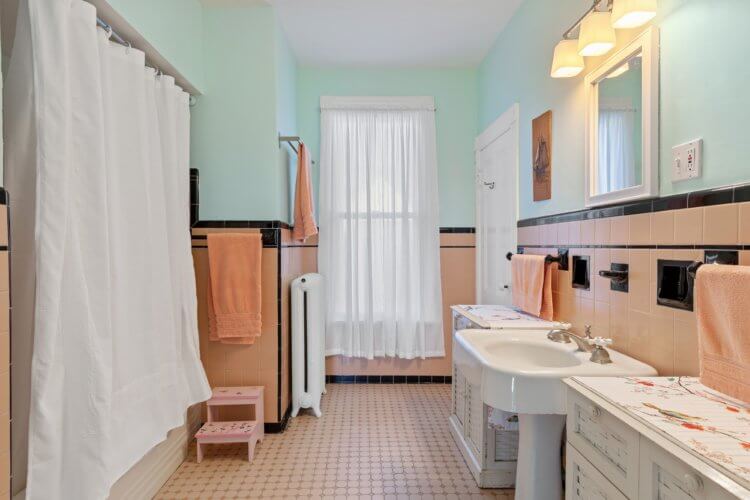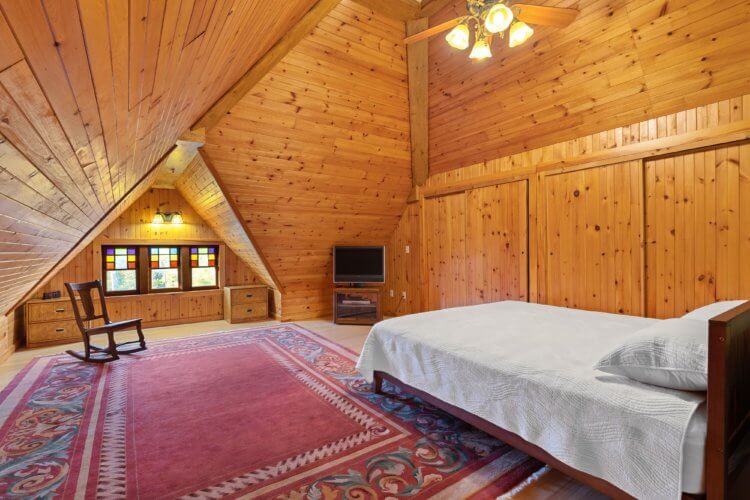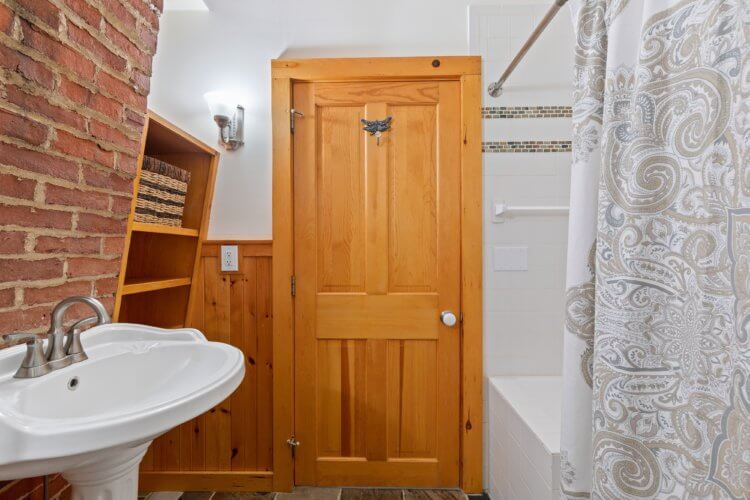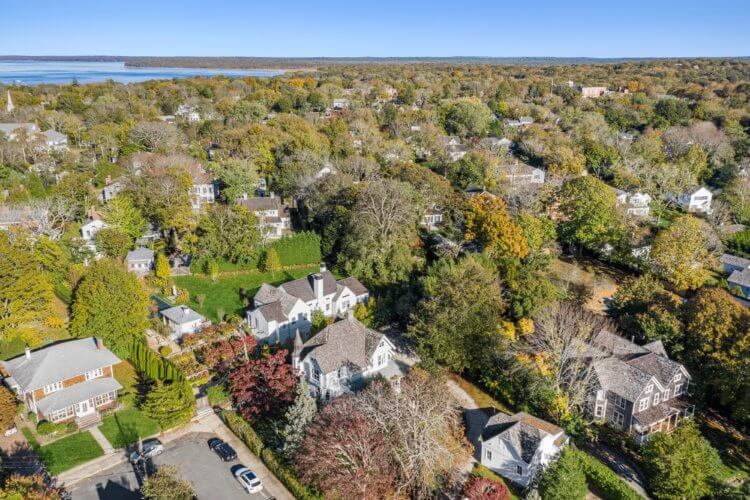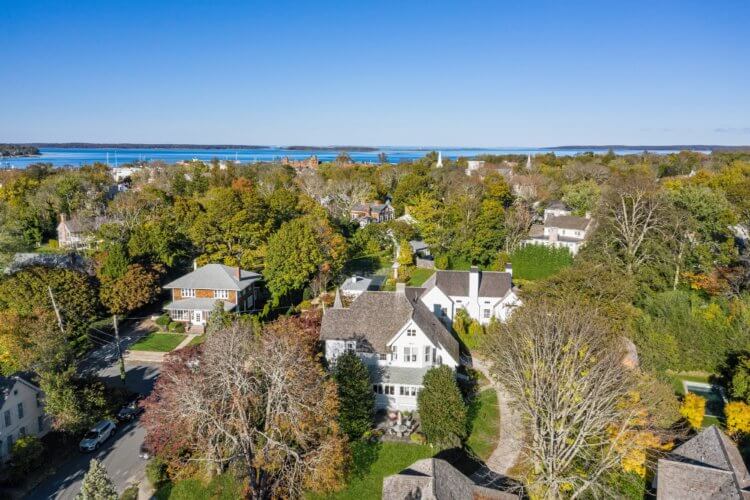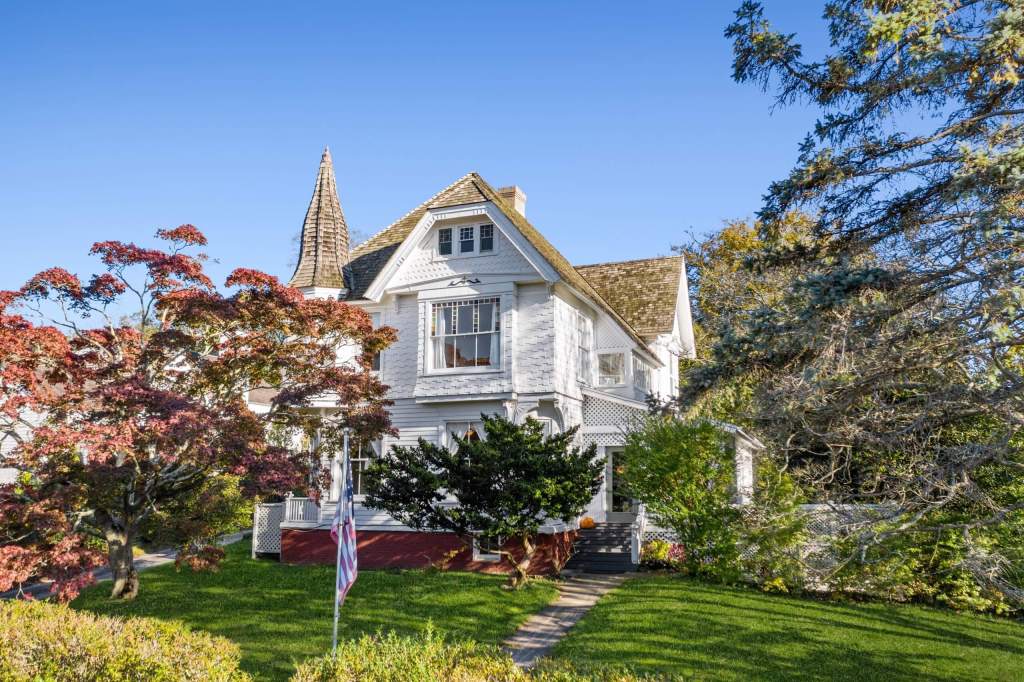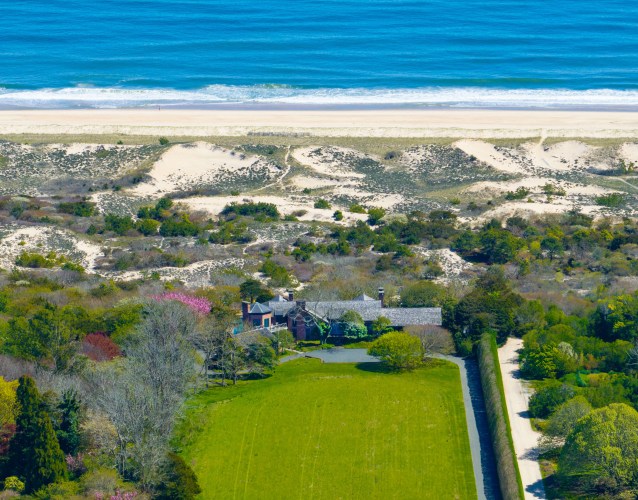Sag Harbor Village is filled with many historic homes, but the one at 27 Palmer Terrace is particularly of interest in that this property, designed by a nationally significant architect has gone on the market for the very first time. The Victorian house was recently listed with Douglas Elliman’s Michael Daly for $3.995 million.
In 1891, the famous inventor and artist William Sylvester Eaton built the house, distinctly different than the Federalist-style houses built by the whalers. The house, featuring a turret, with a rare flaring pointed roof and varied sidings, from different shaped shingles to clapboard. was designed by the renowned architect George F. Barber, who supplied thousands of designs for homes built through North America during a roughly 25-year career in the 1890s and early 1900s.
Barber was based in Knoxville, Tennessee, for most of his career, but advertised and sold pattern books that contained his sketches and floor plans, according to Christopher R. DiMattei, a Boston architect who has been researching Barber’s works and helped write Architectural Ragtime: The Houses of Geo. F. Barber & Co.
“At that time, people who were considering building a house would often purchase his books to become better acquainted with the building process, and see what was available for home designs,” DiMattei wrote in an email to the current owner at 27 Palmer Terrace. He says people would write Barber asking for customization based on his designs and then he would send back updated plans—all by letters. “Back and forth they would write to each other until a design was settled upon, and the architectural plans were drafted up. Then Barber would send these finished plans on to his clients, so they could be used by a local builder or carpenter to erect the home at the client’s homesite.”
According to DiMattei, “the Eaton residence is a spot-on match for one of George Barber’s published designs, design #60,” which appeared in The Cottage Souvenir No. 2, A Repository of Artistic Cottage Architecture and Miscellaneous Designs, first published in 1891. Barber even built the design for himself in Knoxville.
There are slight differences because, DiMattei said, Barber wanted his clients to experience the professional services of an architect despite the thousands of miles between them. “Barber felt that through his customization of each design, he was quelling his critics that claimed he merely peddled stock plans for multiple clients, regardless of their site location, climate, or other factors that contribute to a successful design.”
The estimate cost to build this design in 1891? Approximately $3,300.
The four-bedroom, two-and-a-half bath house, built on a hilltop in the heart of the village, has remained largely the same as when it was first constructed. The once open-air front porch is now enclosed, according to Daly.
Much of the original woodwork remains inside. A collection of William Eaton’s artwork is displayed in the house, now owned by Ken Conrad, his great grandson. The kitchen has been updated, and three parlors were converted into one large living room while one floor was made into a master bedroom. “Some buyers will find it a comfortable family home and others will come and look for opportunities for updating and perhaps even period restoration,” Daly says.
A matching carriage house that was built at the same time of the main house also remains.
Eaton, who would live in Brooklyn in the winter, would drive east in a Locomobile steamer, which his son, Edmond P. Eaton, told the Southampton Press in 1975 was the first automobile in Sag Harbor. His father had early on worked at Fahy Watch Case Company in Sag Harbor, where he developed a machine that could engrave 54 watch cases simultaneously, and other machines for jewelry engraving and clinical thermometers. He later worked as an engineer for the American Bank Note Company and as a designer for the U.S. Bureau of Engraving and Printing in Washington.
William Eaton was living in the house, raising his children, when he invented the universal modern C engraving machine, known as the “The Eaton Engraver,” according to an interview with Edmond P. Eaton in the Sag Harbor-Shelter Island Pilot in 1970. It was the first such machine used to print wedding announcements and invitations, and has since been copied.
Around 1910, he built a large-windowed frame structure on property to the east, which the family then owned, to match his house, with plans to use it as a laboratory for experiments, but ended up using the extra space to build the engraving machines and it became their first factory, his son told the Pilot.
With the engraving machine in demand across the globe, Eaton built a brick factory on Jermain Avenue, which more recently may be remembered as a factory for Sag Harbor Industries. Engraving Machinery Corporation even built some machines for the U.S. Bureau of Engraving in Washington D.C., and during World War II his company was said to have played a major role in engraving military precision devices crucial to the war effort. The Eatons later received several federal citations, including the prestigious Army-Navy Production Award for Excellence in War Production.
An historic house built and designed by historic figures, indeed, filled with timeless tales that endure.
[Listing: 27 Palmer Terrace, Sag Harbor | Broker: Michael Daly, Douglas Elliman] GMAP
Email tvecsey@danspapers.com with further comments, questions or tips. Follow Behind The Hedges on Twitter, Instagram and Facebook.
